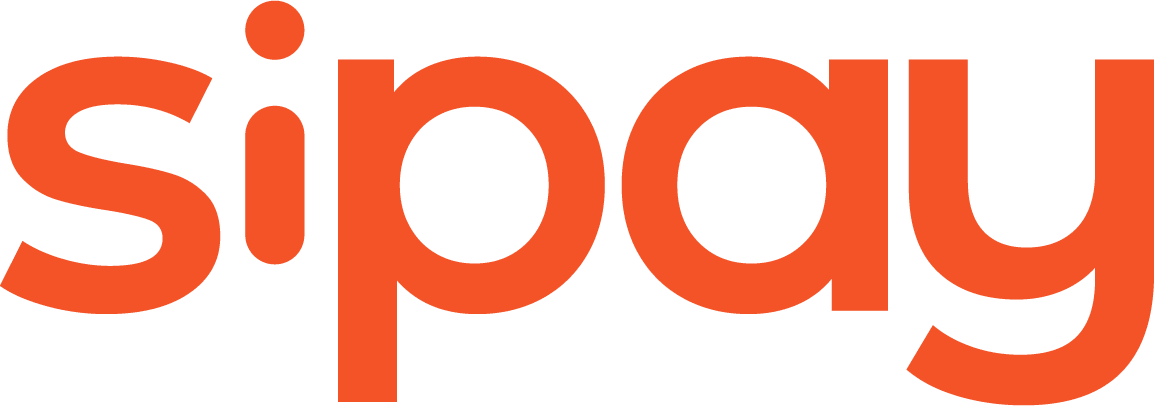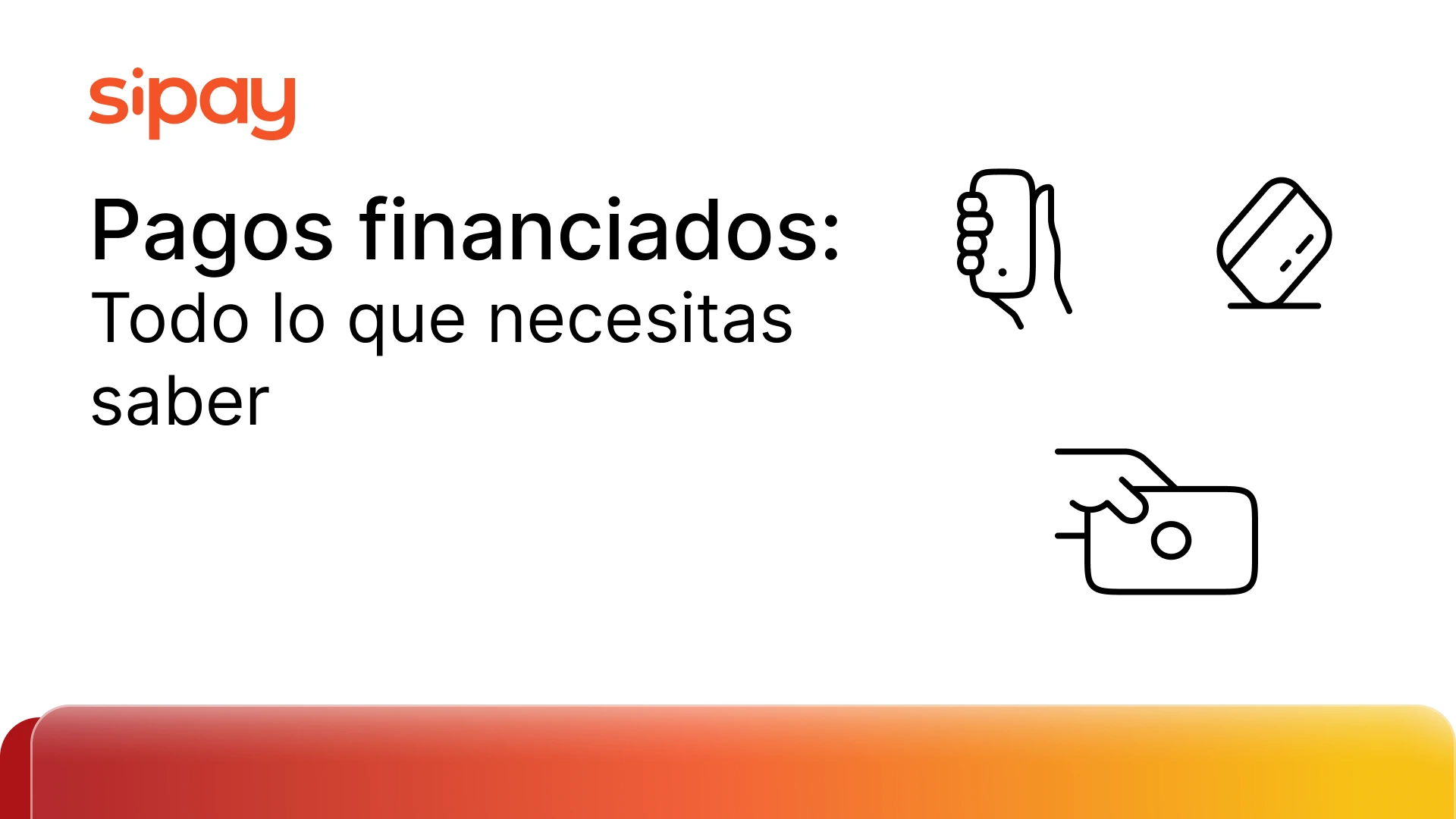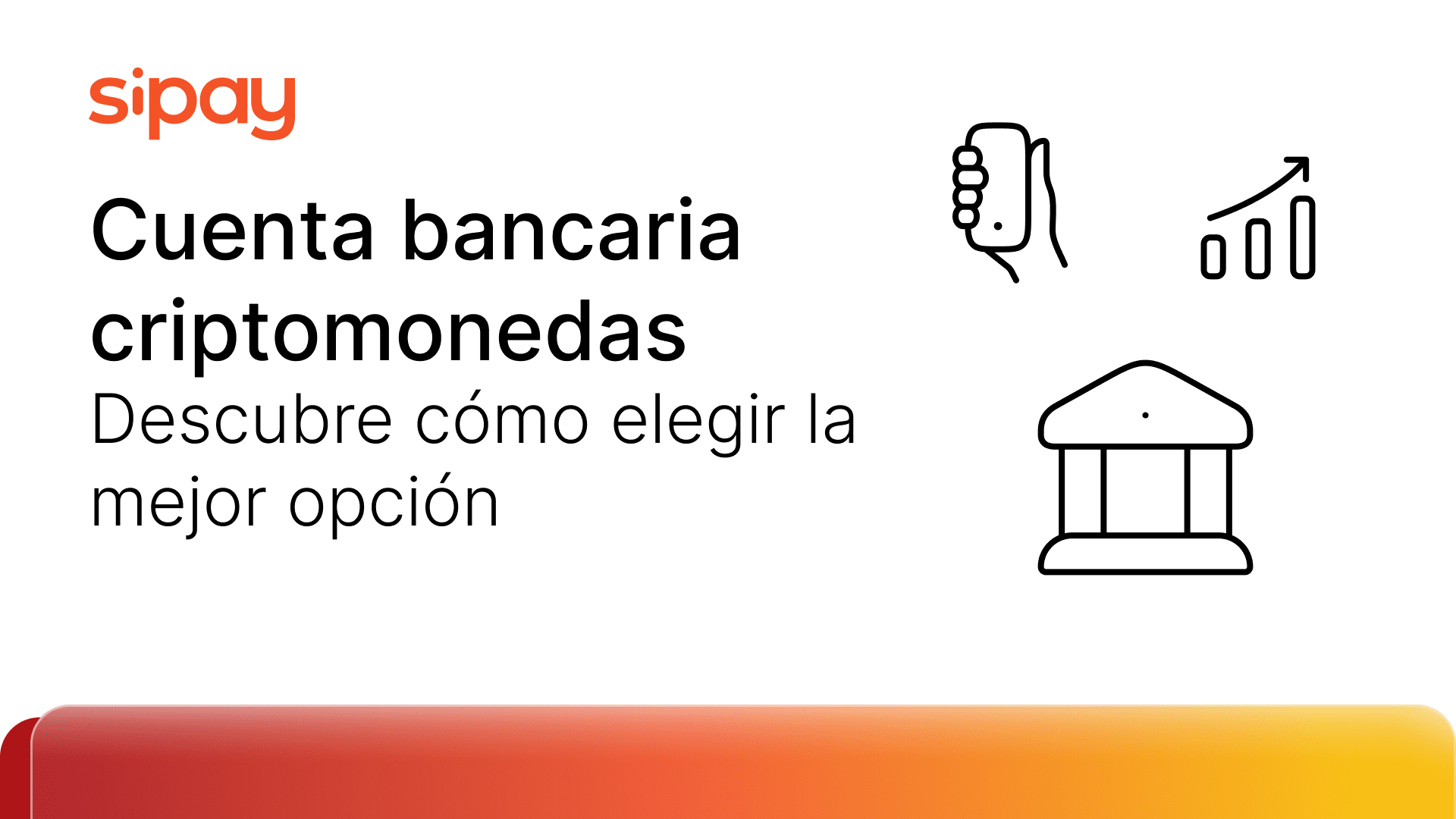Knowing the profile of the users who buy in your shop, whether physically or online, is essential to be able to adapt the checkout to their preferences and ensure the best experience throughout the purchase process.
When we decide to start a business, we know what we are going to offer and who we are going to address, but having these two issues clear is not a simple or quick process. It is fundamental to know in depth our public, their needs, desires, preferences, consumption habits and the habitual behavior that these have before the process of purchase. In this way, we will be able to adapt to them and get them to opt for our products or services rather than for those of the competition.
Offering different sales channels and being able to combine them with each other, is undoubtedly a differential advantage highly valued by consumers, but in addition to this, the fact that the user can choose from a multitude of alternative payment methods, is becoming a necessary aspect. In this way, the costumer can choose when, where, and how he wants to finish his purchase, being able to choose the payment method that he likes the most, the most comfortable or the most secure.
The customers habits have evolved a lot in a short time, changing the form, the time and even the place where they decide to end the payment process. Currently, the methods of payment used by users vary if we take into account factors such as country of origin or residence, age, the amount of purchase or even, the moment and time available to carry out the payment.
Among the most common methods of payment in e-commerce, we find differences if we consider the country where purchases are made. For example, in Germany, the most common way to pay for purchases is through bank transfers, in the Philippines is cash on delivery, in Spain cards and in China electronic wallets. If we also took into account the age of the buyers, we would surely find differences, as the payment methods used by Baby Boomers, Generation X or Millennials are not the same. When we start a business, we must think globally and act locally to reach as many consumers as possible, regardless of their preferences.
Integrating multiple payment methods or performing analysis of customer behavior and needs seems like an easy mission, but it can become a long road full of intermediaries. There are payment gateways in the market that help achieving the objectives of businesses, offering services that provide a 360º user experience, multiple payment methods and also reports and sales analysis with which to keep track of the business. The payment gateways have evolved adapting to new technologies and thanks to this they can offer the market integrated payment solutions, omnichannel, secure and fast so you can forget about payment and focus on your customers.
A clear example in Spain of a payment gateway that focuses all its efforts on making payment completely invisible to merchants is Sipay Plus, which thanks to more than 25 years of experience in the sector is positioned as a benchmark in the sector and continues to innovate so that its customers are always at the forefront of the latest technologies in methods of payment. From the Communication Department of Sipay, Spanish payment gateway with 25 years of experience in the sector, they point out «We bet on the invisibility of the payment, facilitating and speeding up to the maximum the checkout process of our clients, offering those payment methods that best suit their consumers, thanks to the information we get from them throughout the process. In this way, they will see how their conversion rate increases, achieving customer loyalty and being able to convert them into prescriptors of their brand”.



